🦀 Issue 58 - Cupping actually does stuff. Really.
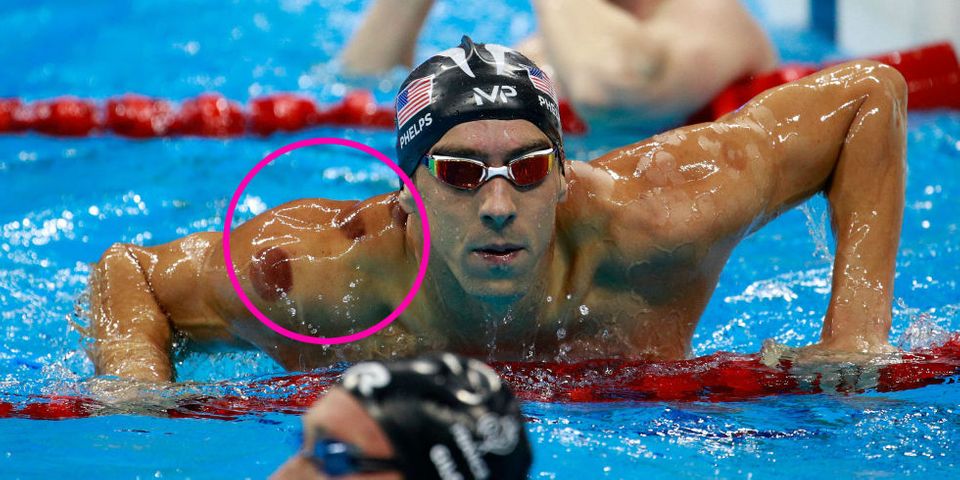
This week we’re diving into how cupping changes bloodflow and what it can do to neck pain and how elevating a limb can change quad asymmetry in ACL rehab. King Crab supporters (our lifeblood) got two more articles this week, one on strength training for CAI and another on rehabilitating someone after mild Covid. That one’s a real surprise. Subscribe to the King Crab version here to support PT Crab. The first month is free!
With that, let’s dive in!

Cupping Makes Your Hemos More Dynamic and Can Help With Neck Pain. Briefly at Least.
The Gist - A bundle of Ads wanted to learn more about cupping, so they dove in. They split 32 folks with nonspecific neck pain into three groups: actual cupping, sham cupping, and control. Then they found the most painful part of their necks (measured via the Visual Analog Scale) by poking them gently and presumably waiting until they said “Ouch!”. After that, an ATC placed either a real dry cupping cup or a sham cup over the spot, gave it three pumps, and left it for 8 minutes. Immediately before and after the intervention and 24 hours later, they took pain, pain-pressure threshold, and lots of blood flow measurements, then synthesized the results. The control group got the same measurements done, but laid restfully in a face pillow for the 8 minute treatment times. No cups went near them.
The results were strongest immediately post-intervention, as pain went down 20 on the VAS (equivalent to about 2 on a normal 0-10 scale) for the cupped group, down 3 for the sham group, and down 7 for the control. Pain-pressure threshold didn’t change significantly, but hemodynamics definitely did (more on the blood in the Tell Me More section below). After 24 hours, the pain difference held, with cupping down 13 points, sham up 5, and control down 5. Pain-pressure threshold was down significantly too. Hemodynamics weren’t significantly different at 24 hr. This study adds clout to theories about what cupping does and why it works, and shows that it could certainly be a good intervention for nonspecific neck pain.
Tell Me More - The hemodynamic measurements in this study are the most interesting, as the researchers used NIRS to take many measurements that showed some big immediate differences. Specifically, the 8 minute cupping intervention increased superficial and deep oxygenated hemoglobin in the area and increased the tissue saturation index 5 times over. This fits with one major theory behind cupping’s efficacy, that it supplies the treated tissues with fresh blood, helping promote healing and reduce pain. While it’s nice that cupping directly reduced pain in this study, the more important data is the hemodynamic information. It shows that cupping could have real legs in the rehab marketplace.
Lastly, how do you make a sham cupping cup? I was confused about this one as well. The researchers used a previously validated method of poking a small hole in the cup, then placing tape around its edge. The small hole would let the cup come up to pressure, simulating the feel of cupping, but then it would slowly allow the suction to leak away and the tape would hold the cup in place. Cool, right?
I’d like to read the whole paper. I thought you might.
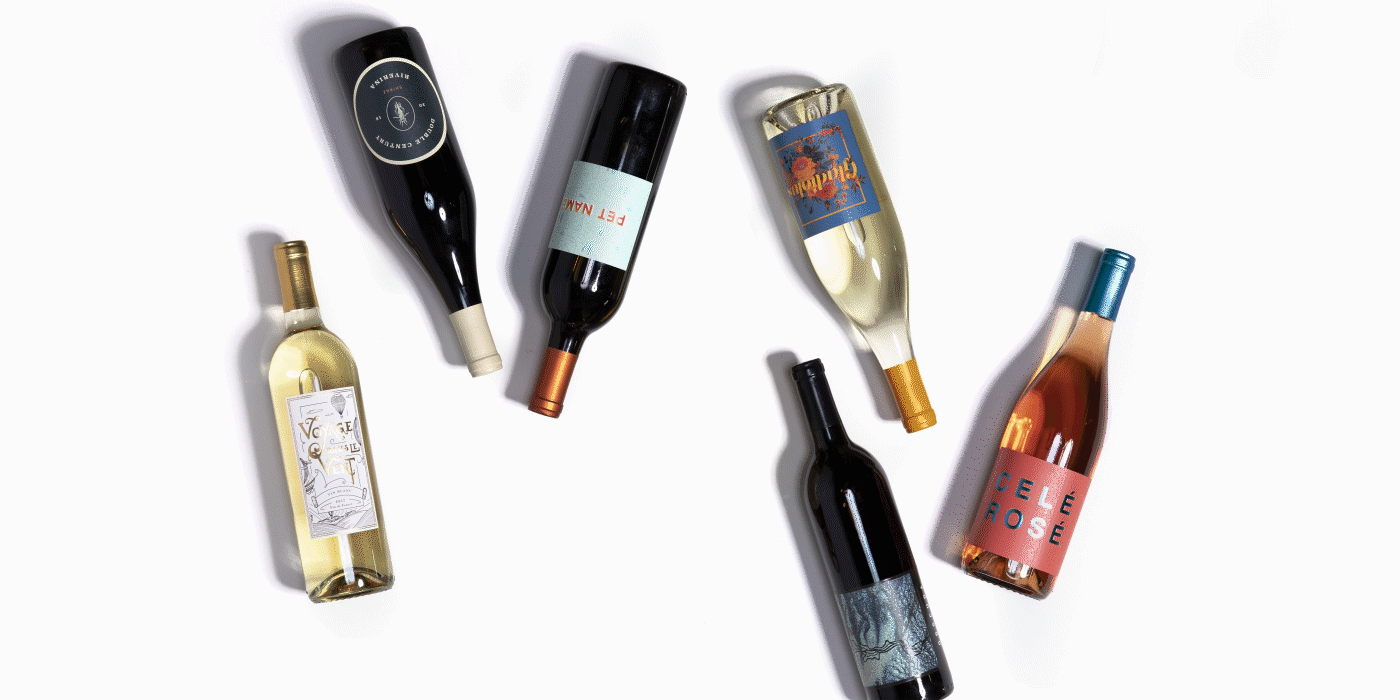
You Like Learning. Wanna learn about wine?
The Gist - You don't have to learn about wine to enjoy it, but Bright Cellars want you to know more so you can enjoy more. They have an awesome, quick quiz where they learn what you like in wine, then match you up with 6 bottles that fit your tastes and preferences. With every box, they teach you about where your wine came from, what its tasting notes are, and why their algorithm chose it for you. With a focus on hidden gems from small vineyards all over the world, Bright Cellars remixes your wine experience and gives you new bottles and varieties to love. And right now, you can get 50% off your first box of 6 bottles with this link. That's a $45 value!
Tell Me More - Bright Cellars was created by a couple of MIT Grads flummoxed by the complexity of the wine world who wanted to make things easier for themselves and you to understand. Remind you of anyone? Yea, that's PT Crab's mission with research, not wine (but if I could switch to wine, I certainly would). Dive in to this deal to learn more about wine, enjoy it more, and find bottles you'll love rather than staring at the endless rows and then picking the same one like you do every week. 50% off your first box of 6 bottles. Sounds like a win-win.
The Link? Sure thing!

One Weird Trick to Reduce Knee Extensor Assymetry
The Gist - I know, it sounds like clickbait, but it’s really not! This article from the Journal of Strength and Conditioning Research presents a cool idea to equalize the work of each leg when reconditioning people with reconstructed ACLs. They recruited a few post-op ACL repair subjects to perform modified squats and checked their biomechanics as they did so. They ranged from 7 weeks to 6 years post repair and all had knee extensor strength asymmetry when squatting. The researchers placed their involved limb on a 5cm high platform as the men lifted 15kg from a full-depth squat and the women lifted 10. This platform caused their joint moments to be equal on the involved and non-involved sides. It balanced out the force put through each foot!
Tell Me More - This study was tiny, but promising. The best we can say at this point is that this technique may balance knee joint forces between involved and non-involved legs, we don’t know for sure. We do know that years, even lifetime, long strength asymmetry is common after ACL reconstruction, and that those with reconstructed ACLs tend to adopt movement patterns that spare the involved side, making it more challenging to fully recover from the injury. That’s what makes a trick like this so promising. Combine that with its simplicity and it’s really great news. The bad news is the sample size. 6 people. And the heterogeneity, ranging from 7 weeks post-op to 6 years.
In other news, also be careful with the movement patterns of ACL reconstructed patients when they squat. They’re probably cheating the exercise a bit, and thus cheating their rehab. Check out this paper for more details on that.
Okay, but where’s the paper you were just talking about? It’s here, don’t worry.
Would you have rather heard that than read it? Yea, thought so. King Crab supporters get access to our exclusive podcast where you can listen and absorb this on the way to work. Try that for free for a month here.

Cheers,
Luke

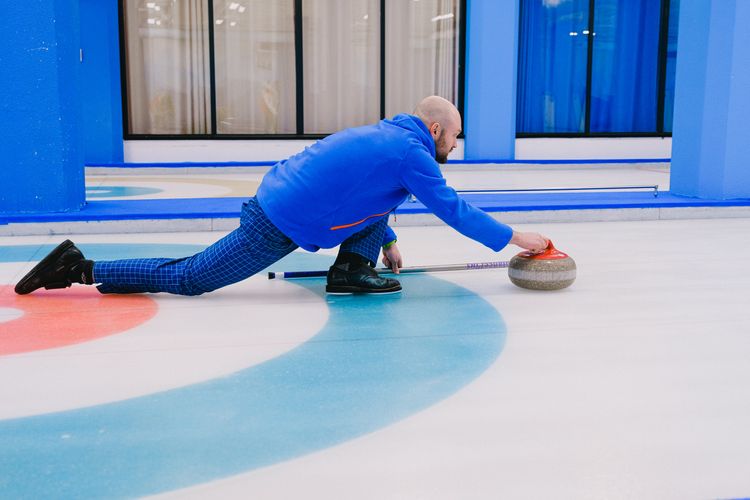

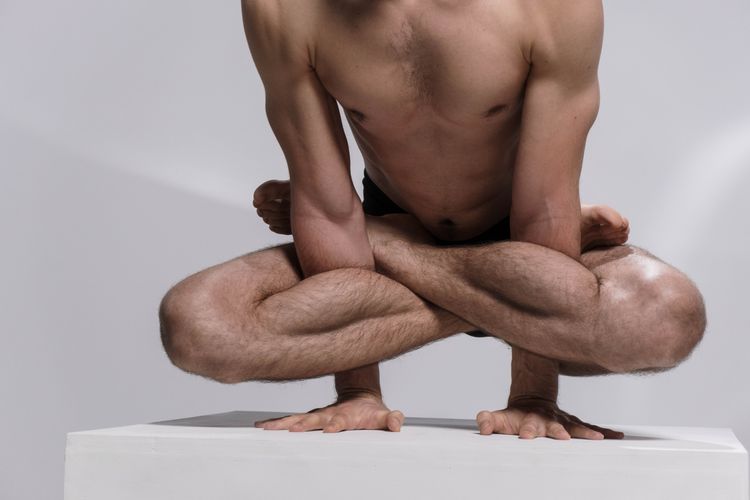
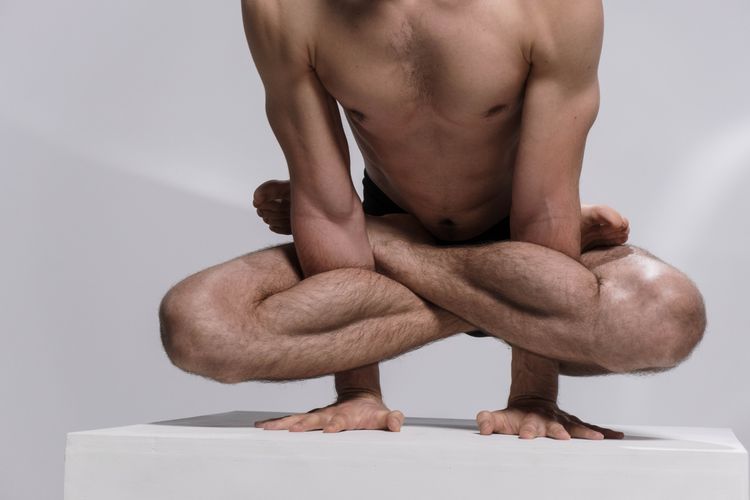

Comments
Want to leave a comment and discuss this with your fellow PTs? Join PT Crab and get summarized PT research in your inbox, every week.